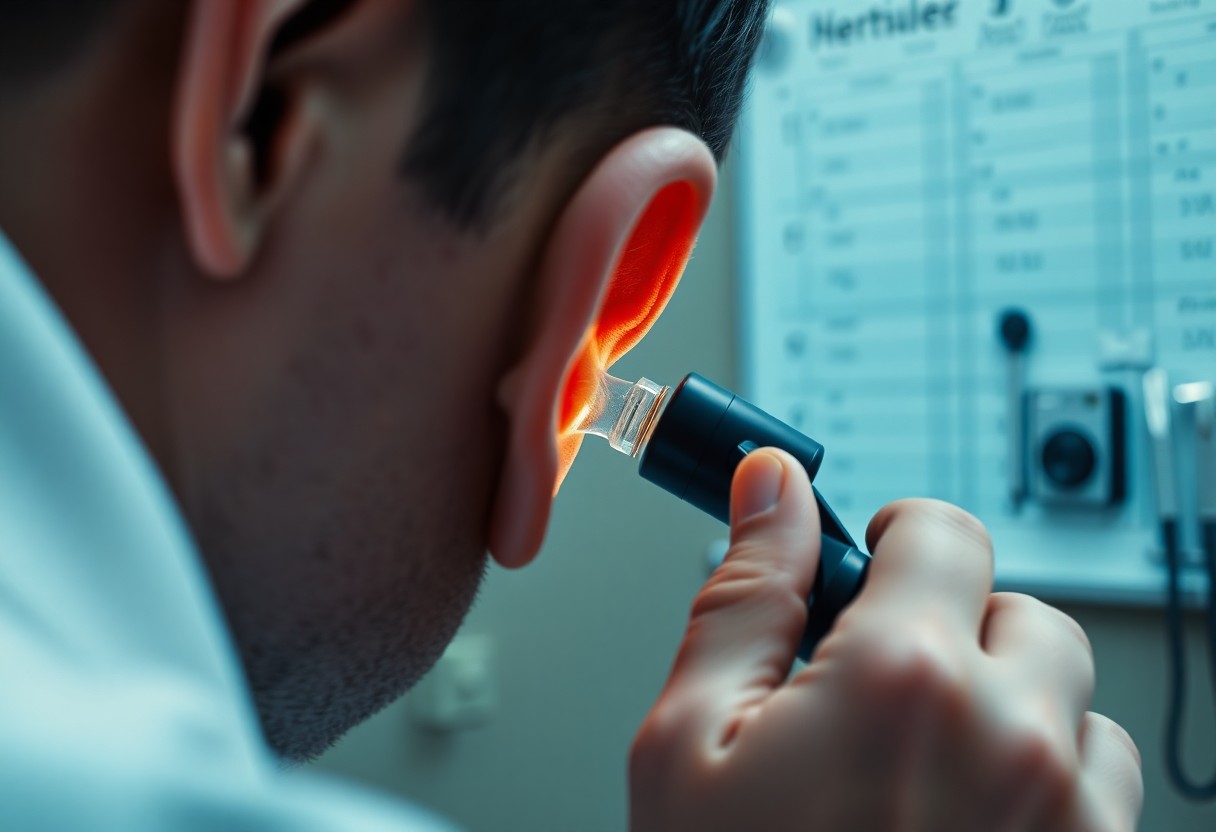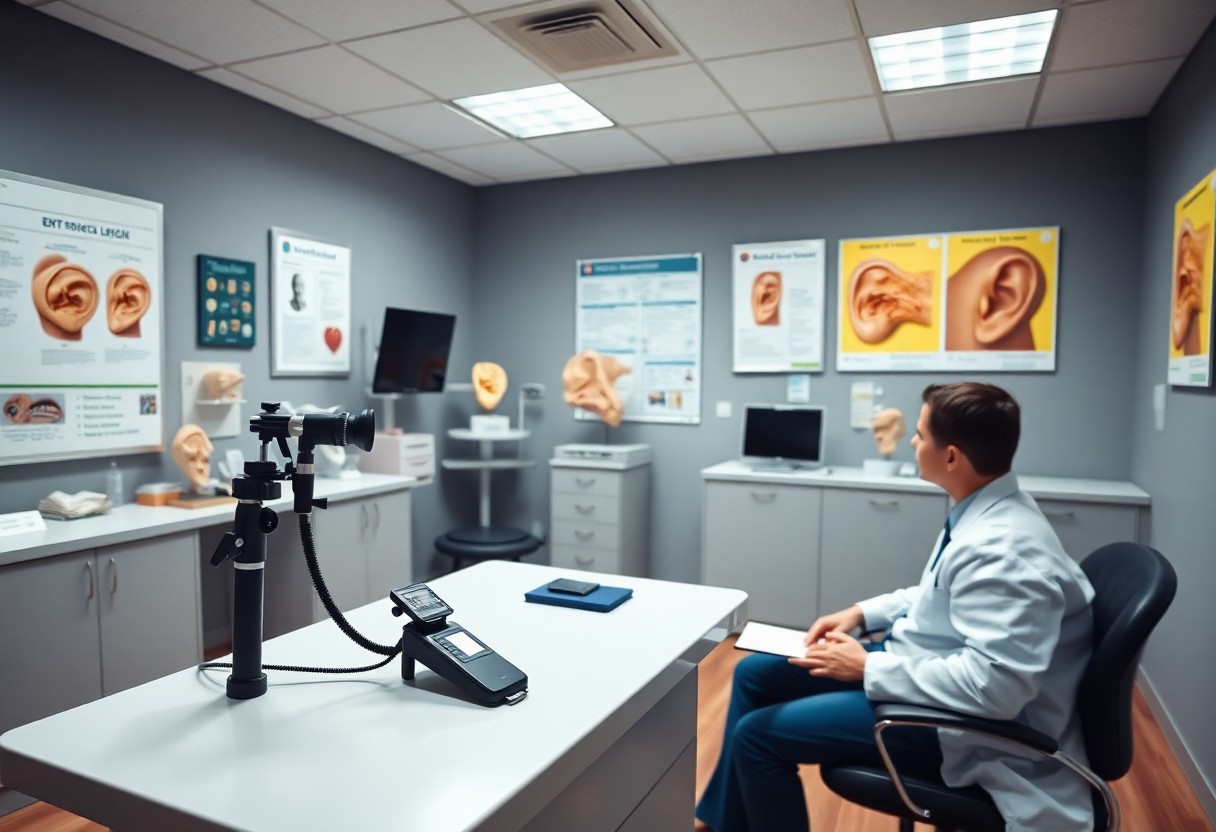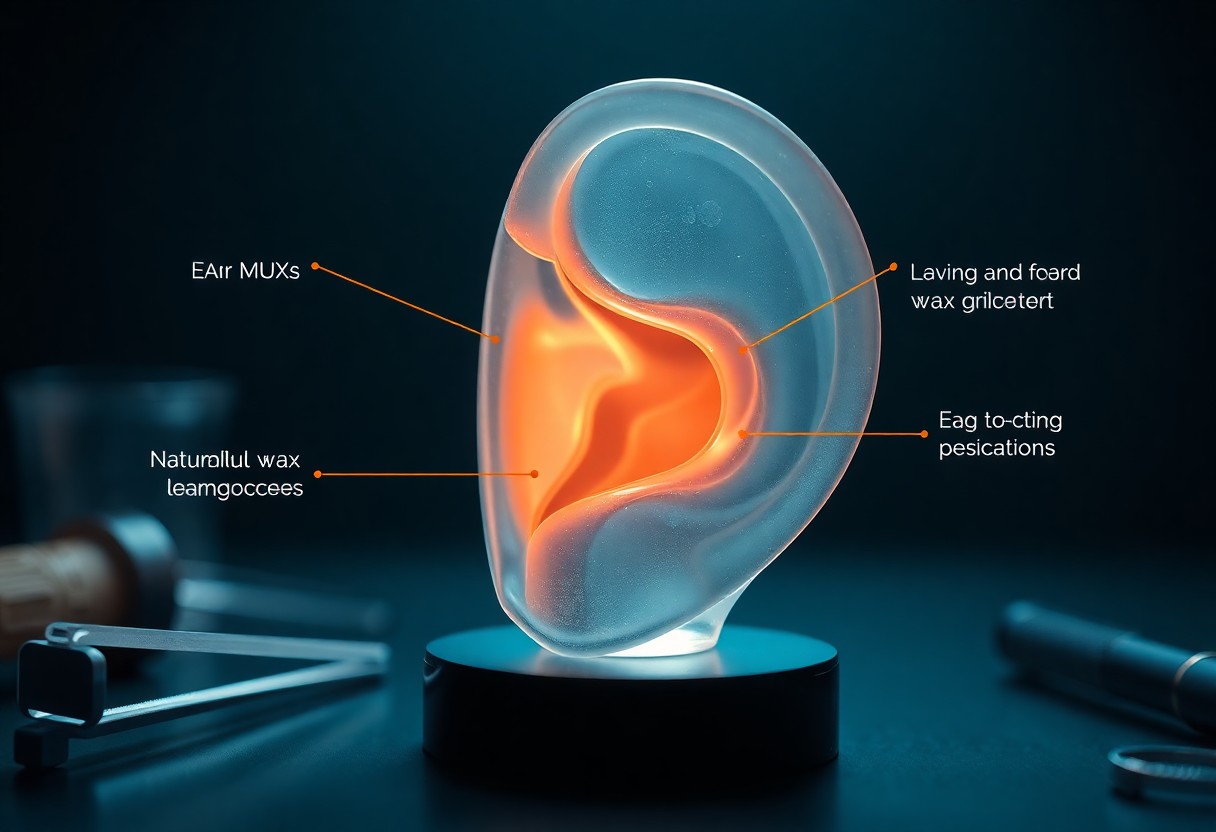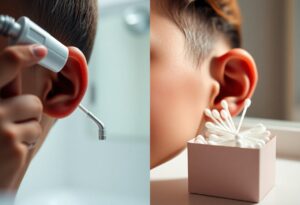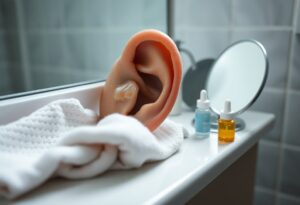Over time, you may have wondered about the purpose of ceruminous glands in your ears. These specialized glands produce earwax, a protective substance that plays a significant role in maintaining your ear health. By trapping dust, debris, and microorganisms, ceruminous glands help prevent infections and lubricate the ear canal. Understanding this function can empower you to take better care of your ears and recognize when to seek professional help, ensuring optimal ear hygiene and overall auditory well-being.
Key Takeaways:
- Ceruminous glands produce earwax, which protects the ear canal from debris, bacteria, and moisture.
- Excessive earwax buildup can lead to hearing issues and infections; proper ear care is imperative.
- Earwax has self-cleaning properties, allowing for natural removal over time without excessive cleaning intervention.
The Biological Function of Ceruminous Glands
Anatomy of the Ear and Gland Locations
Your ear consists of three main parts: the outer ear, middle ear, and inner ear. Ceruminous glands are located in the outer ear, specifically within the ear canal. These modified sweat glands are strategically positioned near the cartilage of the ear canal, where they play a vital role in producing earwax, or cerumen.
The Production of Earwax: Composition and Function
Earwax is a complex substance composed primarily of secretions from ceruminous glands and sebaceous glands, along with skin cells, dust, and other debris. This mixture not only lubricates your ear canal but also serves as a barrier against bacteria, fungi, and foreign particles.
The unique blend of lipids, fatty acids, and antimicrobial peptides in earwax provides significant protection. The waxy consistency traps dust and debris, preventing it from reaching your eardrum while also maintaining moisture in the canal. Additionally, earwax can help neutralize harmful bacteria, reducing the risk of infections that can compromise your ear health. Regular but moderate production of cerumen is important for maintaining optimal ear hygiene and preventing issues such as dryness or irritation.
The Protective Role of Earwax in Auditory Health
Antimicrobial Properties and Ear Defense
Your earwax, or cerumen, acts as a natural barrier against bacteria, fungi, and other pathogens. The composition of earwax includes fatty acids, alcohols, and lysozymes, which inhibit microbial growth, reducing the risk of infections. This defensive mechanism is vital since the ear canal is a moist environment where pathogens thrive. Regular earwax production assists in maintaining a healthy auditory tract, preventing potential ear disorders and infections.
Moisture Regulation: Maintaining Ear Canal Integrity
Earwax plays a key role in regulating moisture levels in your ear canal, ensuring that it remains neither too dry nor excessively wet. This balance prevents irritation and maintains the delicate skin of the canal while supporting the overall health of your ears. A well-hydrated ear canal is important for optimal auditory function and comfort.
Excessively dry ear canals can lead to itching, irritation, and a heightened risk of skin abrasions, while overly moist conditions can foster bacterial growth and infections. The cerumen acts as a natural moisturizer, creating a protective layer that maintains the skin’s elasticity and supports its barrier functions. Studies show that individuals with healthy earwax levels experience fewer infections and irritation-related issues, highlighting the importance of maintaining moisture balance for overall ear health.
The Impact of Ceruminous Glands on Hearing
The Connection Between Earwax and Sound Transmission
Cerumen, or earwax, plays a significant role in sound transmission by maintaining optimal conditions in your ear canal. A healthy layer of earwax ensures that the canal remains moist and protects the eardrum from dust and debris. When earwax levels are balanced, sound waves can travel freely, which is vital for clear hearing. However, excessive buildup can hinder this process, leading to muffled sounds and a reduction in auditory clarity.
Overproduction Issues: How Cerumen Affects Hearing Aids
Excessive earwax production can pose challenges for hearing aid users, often leading to device malfunction or discomfort. Earwax can build up on the hearing aid components, obstructing sound output and affecting the quality of auditory signals. This not only diminishes the effectiveness of the device but may also require frequent cleaning or professional maintenance to restore proper function.
Hearing aids are designed to amplify sound, relying on unobstructed pathways for optimal performance. When cerumen accumulates, it creates barriers that distort sound quality, making it difficult for you to hear effectively. A study found that nearly 60% of hearing aid users experience issues related to earwax, underscoring the importance of routine ear hygiene for maintaining both hearing health and the performance of your devices. Regularly consulting with an audiologist and practicing proper ear care can significantly mitigate these problems, enhancing your hearing experience.
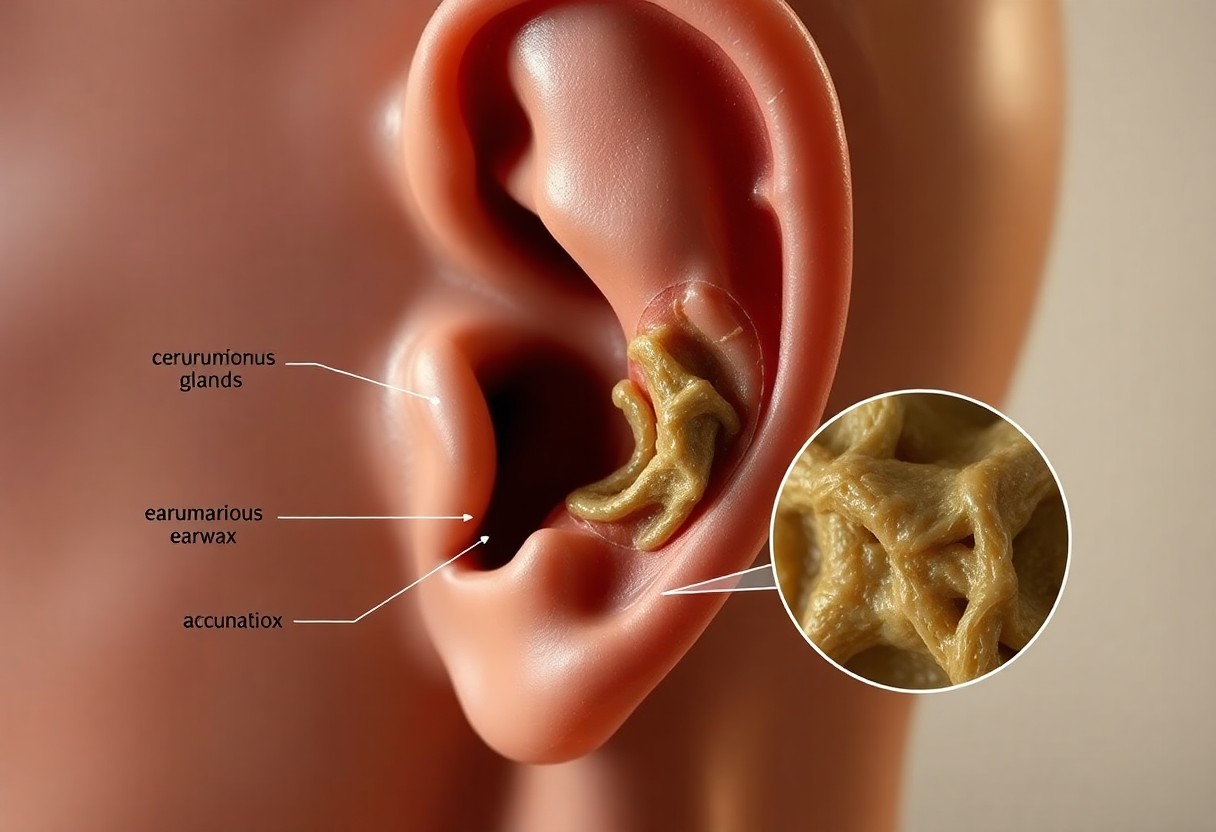
Common Misconceptions About Earwax
The Myth of “Earwax Buildup” vs. Normal Function
The term “earwax buildup” often suggests that excess earwax is harmful, but this is misleading. In reality, cerumen production is a normal process that maintains ear health. Your body continually produces earwax to trap debris and prevent infections. What some people describe as buildup is frequently just the natural accumulation necessary for proper ear function.
Cultural and Historical Perspectives on Ear Cleanliness
Ear cleanliness varies significantly across cultures and historical periods. In many Western societies, frequent cleaning with cotton swabs is common, while other cultures advocate leaving earwax untouched, viewing it as a protective agent. Historical practices, such as the use of oil or herbs for ear hygiene, highlight differing beliefs about earwax’s role in health.
Cultural beliefs about ear cleanliness have shaped various approaches to ear care throughout history. For instance, ancient Egyptians used oils and specific tools to manage ear wax, seeing it as both a hygiene issue and a cosmetic concern. In contrast, some indigenous cultures regard earwax as an necessary component of natural body function, emphasizing minimal intervention. The divergence in these practices illustrates how perceptions of ear hygiene are deeply rooted in cultural contexts.
The Consequences of Disrupted Gland Function
Ceruminous Gland Dysfunction: Causes and Symptoms
Ceruminous gland dysfunction can stem from various factors, including genetic predisposition, hormonal changes, and environmental influences. Symptoms often manifest as excessive dryness or an overproduction of earwax, leading to discomfort, itching, or even hearing loss. You may notice an increase in blockages or specific changes in the consistency of your earwax, indicating that your ceruminous glands are not functioning optimally.
The Link Between Aging and Changes in Earwax Production
Aging significantly affects earwax production, often resulting in drier and harder cerumen. As you age, your ceruminous glands may become less active, decreasing the quantity of earwax produced and altering its consistency. This change can lead to increased risks of impaction, hearing issues, and the potential for infections.
The process of aging causes physiological changes in the skin and glands of your body, and your ears are no exception. The sebaceous glands, which produce lipids that help keep earwax moist and pliable, can diminish in activity over time. Consequently, the cerumen may become dry and brittle, making it easier for earwax to cause blockages. Individuals over 60 tend to report higher instances of impacted earwax, highlighting the need for regular monitoring and management of ear health as you age.
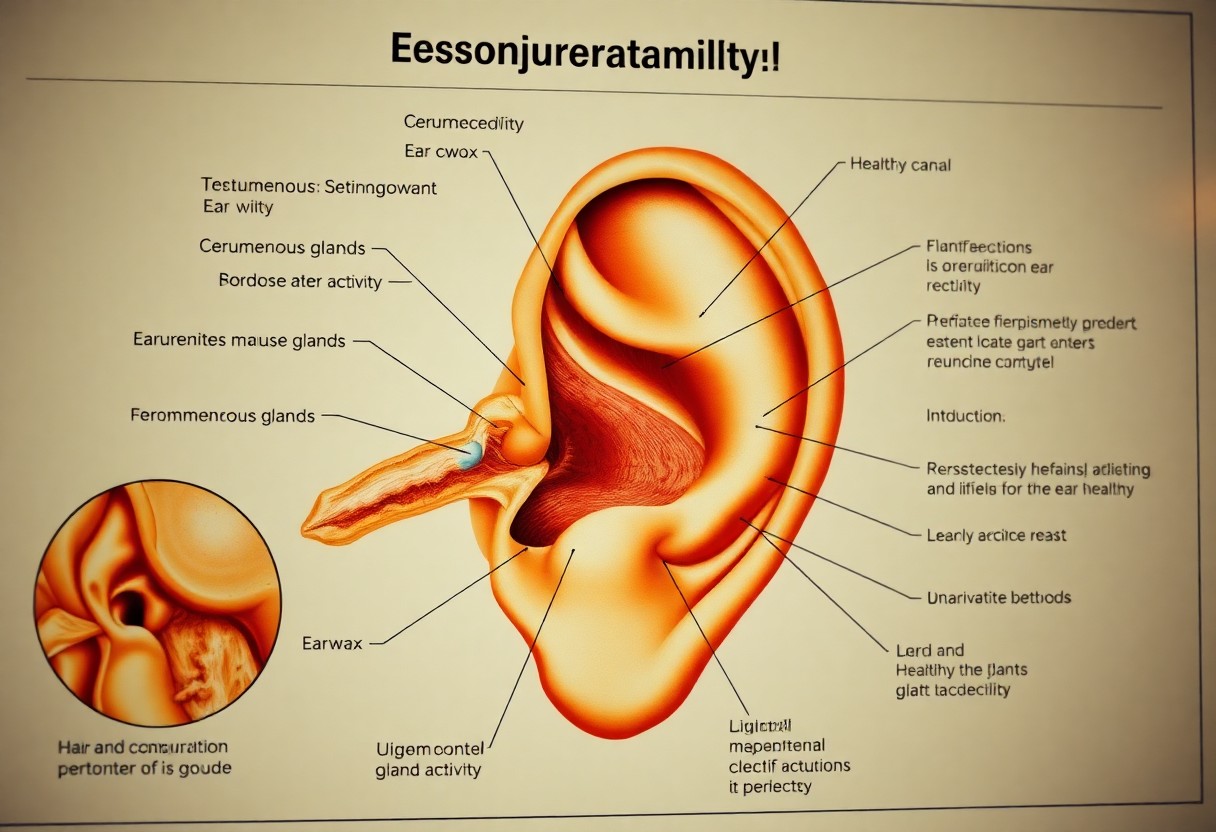
Practical Tips for Maintaining Ear Health
- Regularly check your ears for excess wax buildup.
- Use a damp cloth to clean the outer ear.
- Avoid inserting cotton swabs or other objects into the ear canal.
- Stay hydrated to maintain optimal earwax consistency.
- Limit exposure to loud noises and wear ear protection when necessary.
- Consult a healthcare professional if you experience pain or hearing loss.
Any proactive measures can contribute significantly to your ear health.
Safe Ear Cleaning Practices and Resources
Use safe cleaning practices by opting for gentle methods to avoid damaging your ears. A soft cloth can effectively clean the outer ear, while over-the-counter drops can soften wax if necessary. Resources like audiologists and ENT specialists offer professional advice on maintaining proper ear hygiene without risk.
When to Seek Professional Help: Understanding Symptoms and Treatment
If you experience symptoms like persistent ear pain, hearing loss, or noticeable changes in earwax consistency, consulting a healthcare provider is vital. Conditions such as ear infections, impacted earwax, or other complications require professional assessment and possible treatment to prevent further issues.
Symptoms worth addressing include fluid drainage, a feeling of fullness in the ear, or changes in your hearing ability. These signs can indicate a blockage or infection that might necessitate medical intervention. Treatments may range from earwax removal to prescribing antibiotics, depending on the underlying cause. Seeking timely professional advice can lead to effective solutions and safeguard your auditory health.
Future Research Directions in Ear Health
Innovations in Earwax Analysis and Treatment
Emerging technologies are transforming how you can analyze and treat earwax buildup. Advances in imaging techniques, such as high-resolution endoscopy, enable healthcare professionals to visualize cerumen in unprecedented detail. Moreover, novel formulations for earwax softeners are being developed, targeting both irritation relief and efficient removal, potentially reducing the need for manual cleaning in clinical settings.
Expanding Our Understanding of Ceruminous Glands
Research is delving deeper into the biological functions and molecular characteristics of ceruminous glands. Studying their secretions, which contain antimicrobial properties, provides insight into ear health and the prevention of infections. Furthermore, exploring how genetic variations influence gland activity may uncover new preventive strategies for ear-related issues, ensuring you maintain optimal ear health.
To Wrap Up
So, understanding the role of ceruminous glands in your ear health is crucial for maintaining optimal auditory function. These glands produce earwax, which serves as a protective barrier against dust, debris, and microorganisms, keeping your ears clean and reducing the risk of infections. By recognizing the importance of earwax, you can take appropriate steps to care for your ears, ensuring they remain healthy. Regular check-ups and proper hygiene practices will help you safeguard your auditory health effectively.
FAQ
Q: What are ceruminous glands?
A: Ceruminous glands are specialized sweat glands located in the ear canal that produce cerumen, commonly known as earwax. They help in protecting the ear from dust, debris, and microorganisms.
Q: What is the function of earwax produced by ceruminous glands?
A: Earwax serves several purposes including lubricating the ear canal, trapping dirt and particles, and preventing infections by maintaining a slightly acidic environment that deters bacteria and fungi.
Q: How does the production of cerumen change with age?
A: As individuals age, ceruminous glands may produce less earwax, which can lead to dryness in the ear canal and a higher risk of irritation and potential infections.
Q: Can excessive earwax cause hearing problems?
A: Yes, an overabundance of earwax can lead to blockage in the ear canal, resulting in hearing difficulties, discomfort, and sometimes infections if not addressed appropriately.
Q: What are common methods for managing earwax buildup?
A: Common methods include using drops to soften the wax, gentle irrigation with warm water, or professional removal by a healthcare provider. Avoid inserting cotton swabs or other objects into the ear canal.

